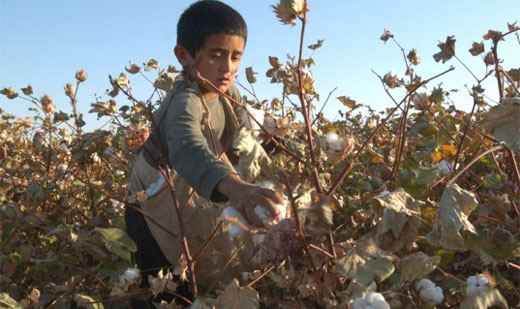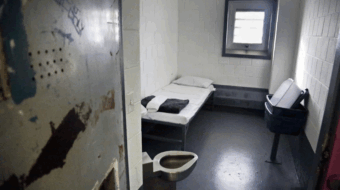
Around the globe, 215 million children are engaged in child labor, including an estimated six million in forced labor. Annual reports, released this week by the U.S. Department of Labor’s Bureau of International Affairs, track the progress and lack of progress in combating child labor.
The reports, said Labor Secretary Hilda Solis: “Remind us of what happens to the most vulnerable members of society when poverty and labor exploitation unite. The information in these reports is a vital tool in the effort to stop this abuse and can have an enormous impact in the hands of those who want to join efforts to end these labor practices.”
The Labor Department’s “2011 Findings on the Worst Forms of Child Labor” looks at child labor in 144 countries and the nations’ efforts to combat child labor. It also introduces a tool to assess countries’ efforts to eliminate the worst forms of child labor, tracking from year to year whether a country has made significant, moderate and minimal or no advancement. Carol Pier, associate deputy undersecretary for International Affairs, says the assessment of a nation’s progress in combating child labor “highlights accomplishments and spotlights remaining challenges.”
The report also explores programs that successfully combat child labor and highlights the work by the AFL-CIO Solidarity Center, which helped launch a program to combat child trafficking in the tea, coffee and sugar sectors in Kenya. The report notes that “this program trains union stewards on trafficking issues and raises awareness about labor practices that promote child labor such as sub-contracting and outsourcing.”
The Solidarity Center and its partners around the world expose the problem of child labor, push for policies that prepare young people for the workplace and promote more effective national action plans to curb this abuse of worker and human rights.
The “List of Goods Produced by Child or Forced Labor” details 134 goods from 74 countries that ILAB has reason to believe are produced by forced labor, child labor or both, in violation of international standards. The list includes diamonds from Angola, bananas from Belize, fireworks from China, carpets from India pornography from Mexico and products from another 69 nations.
At the press conference announcing the reports, Solis said that since 1995, the Labor Department has funded more than 250 projects in 90 countries aimed at combating child labor and will provide $60 million for additional programs by the end of 2012.
I believe that combating child labor can break the cycle of poverty. By allowing children to strive for better opportunities to learn, we can help lift families, communities and whole nations out of poverty. That is why we are funding projects designed to remove children from exploitation and connect them with education and other services.
Photo: Many children, like the one pictured in Uzbekistan, still endure child labor. Ecouterre










